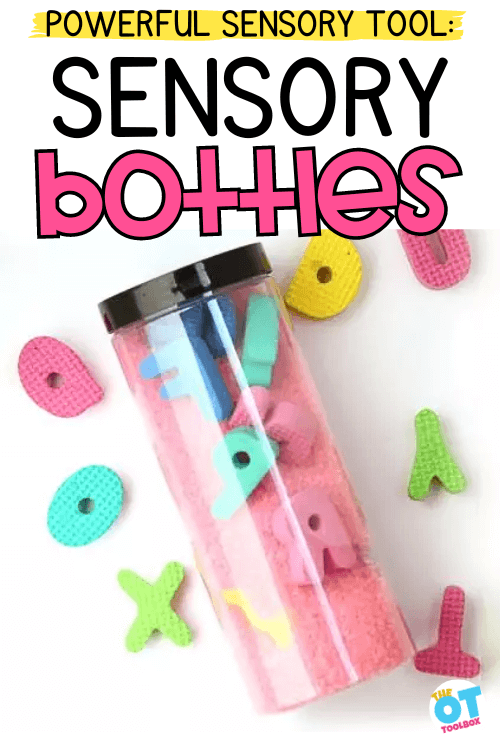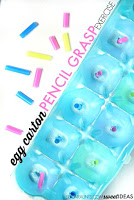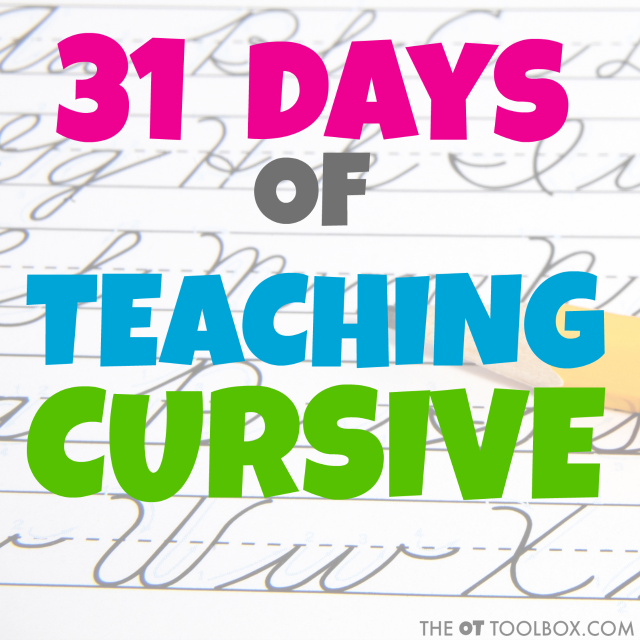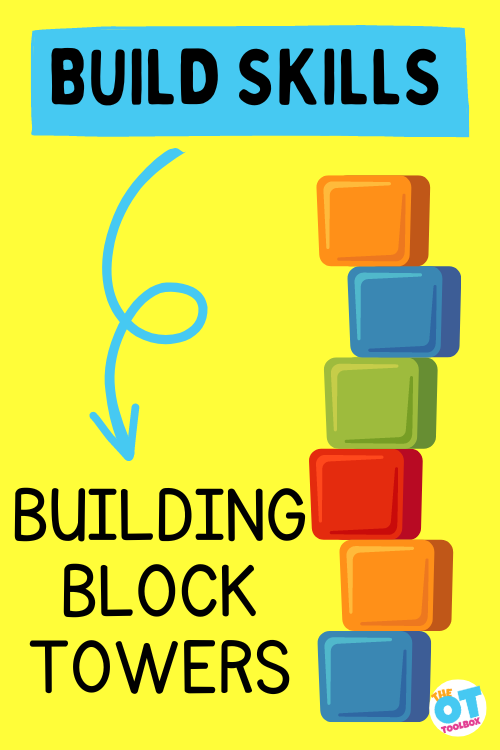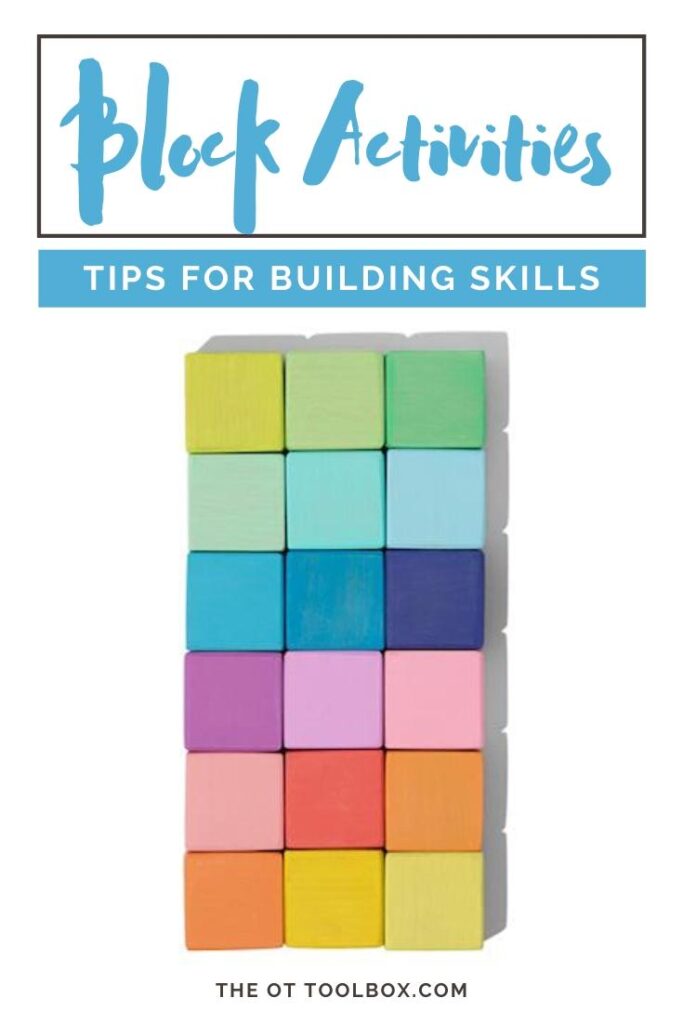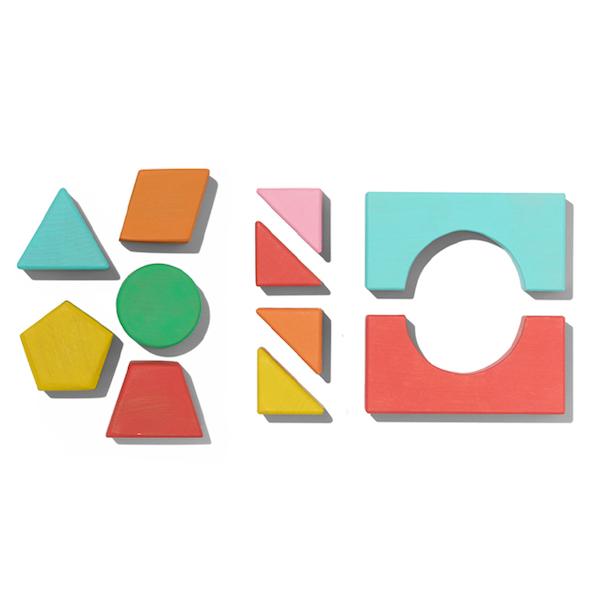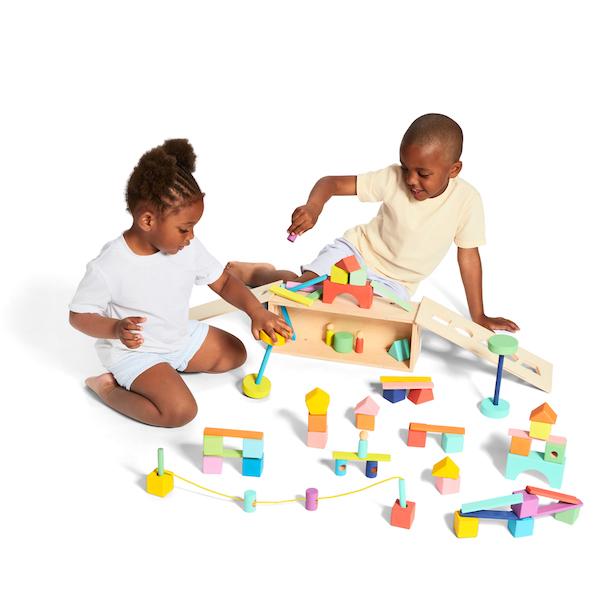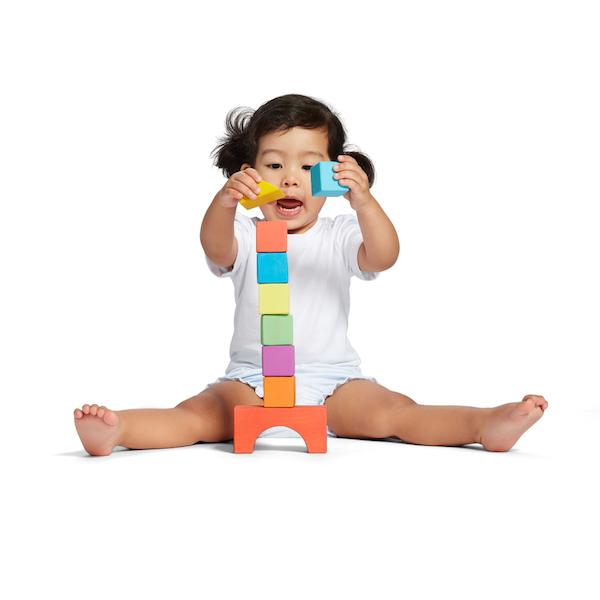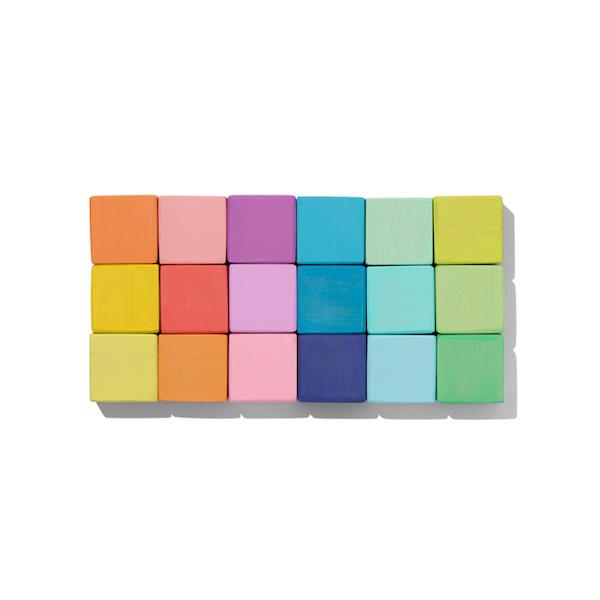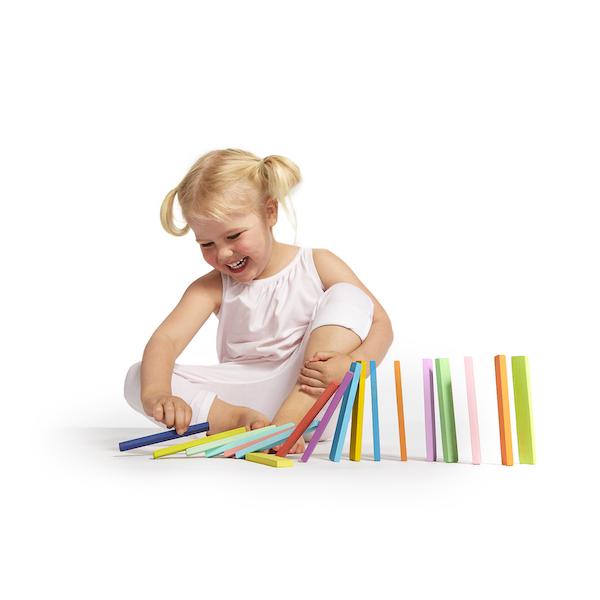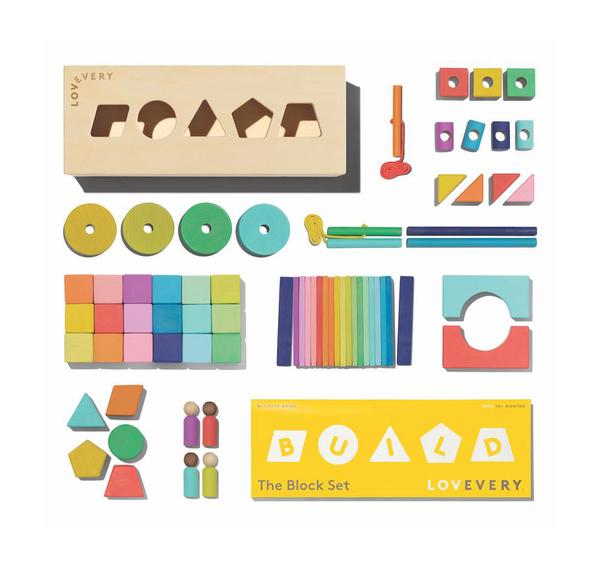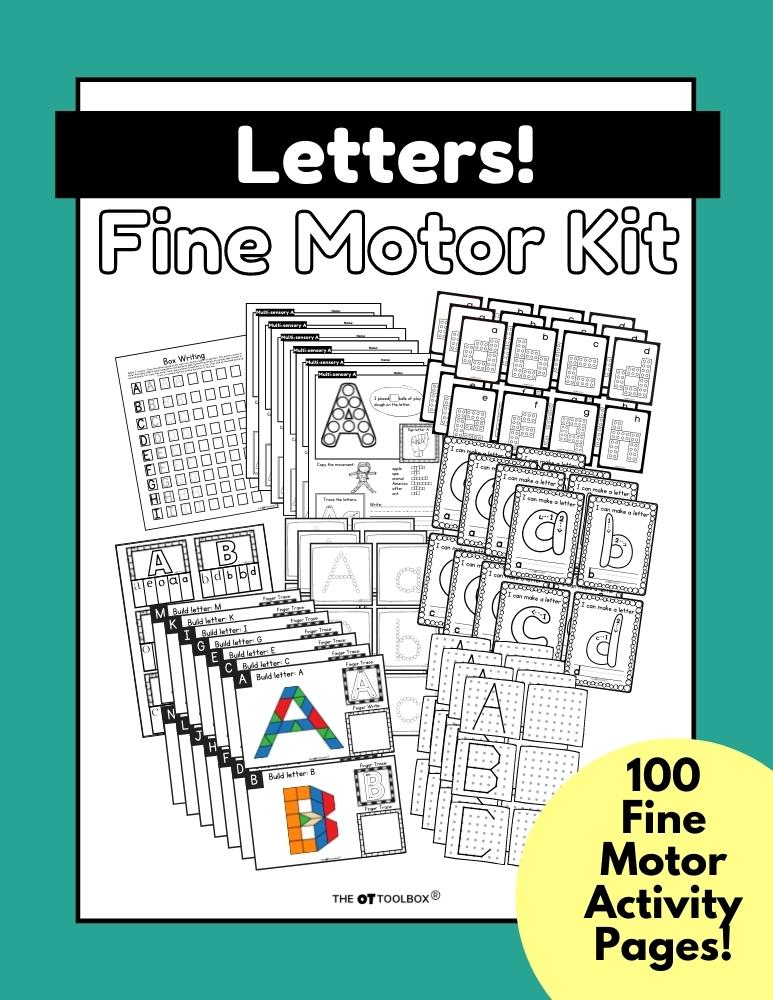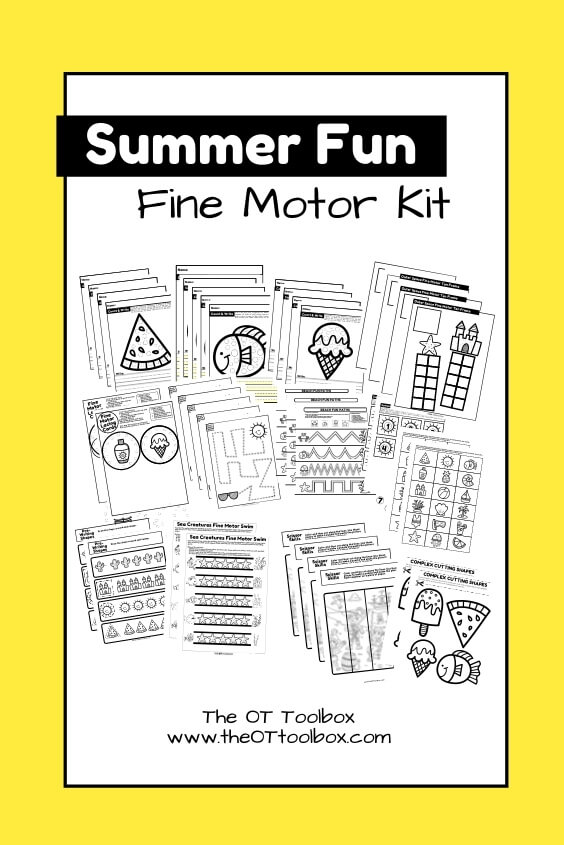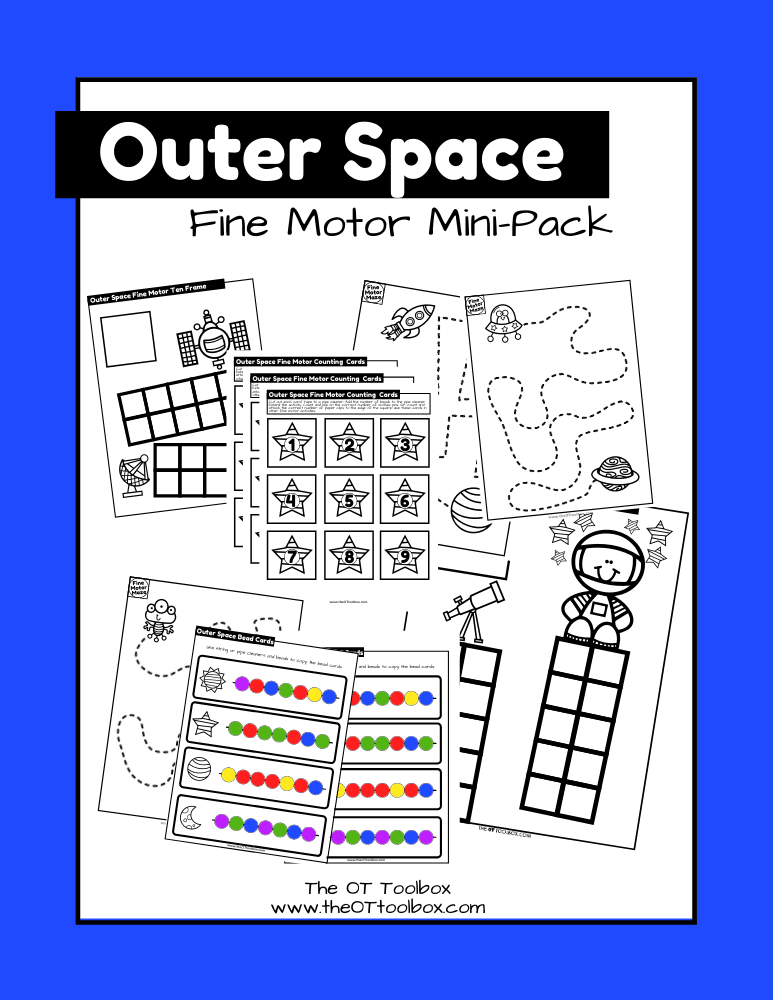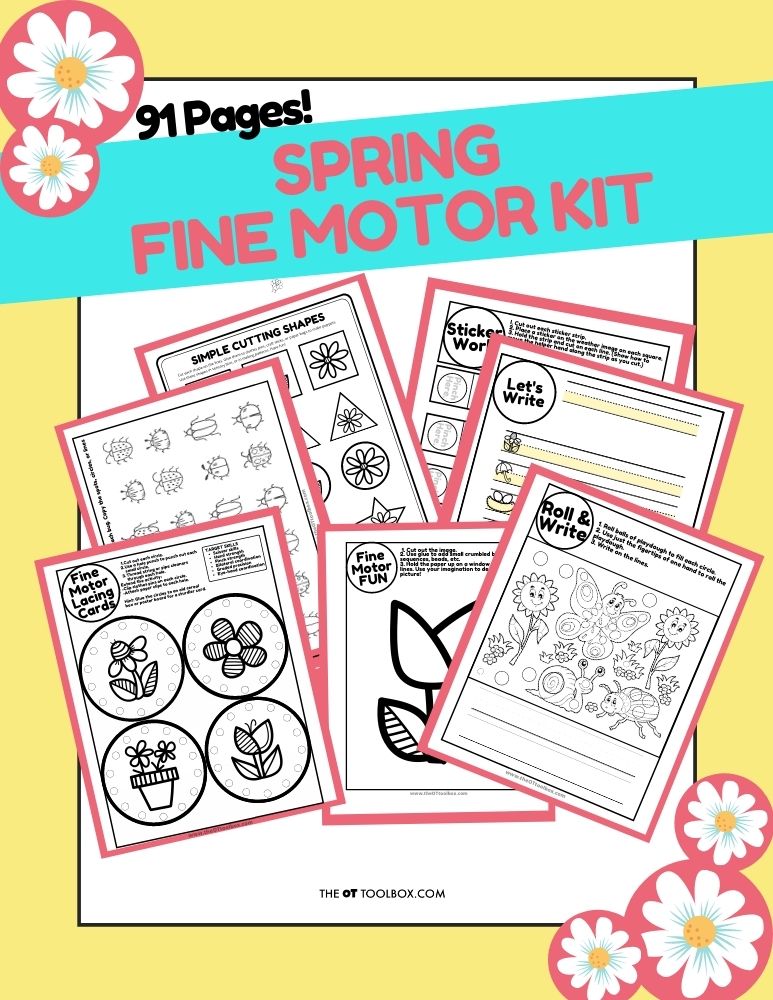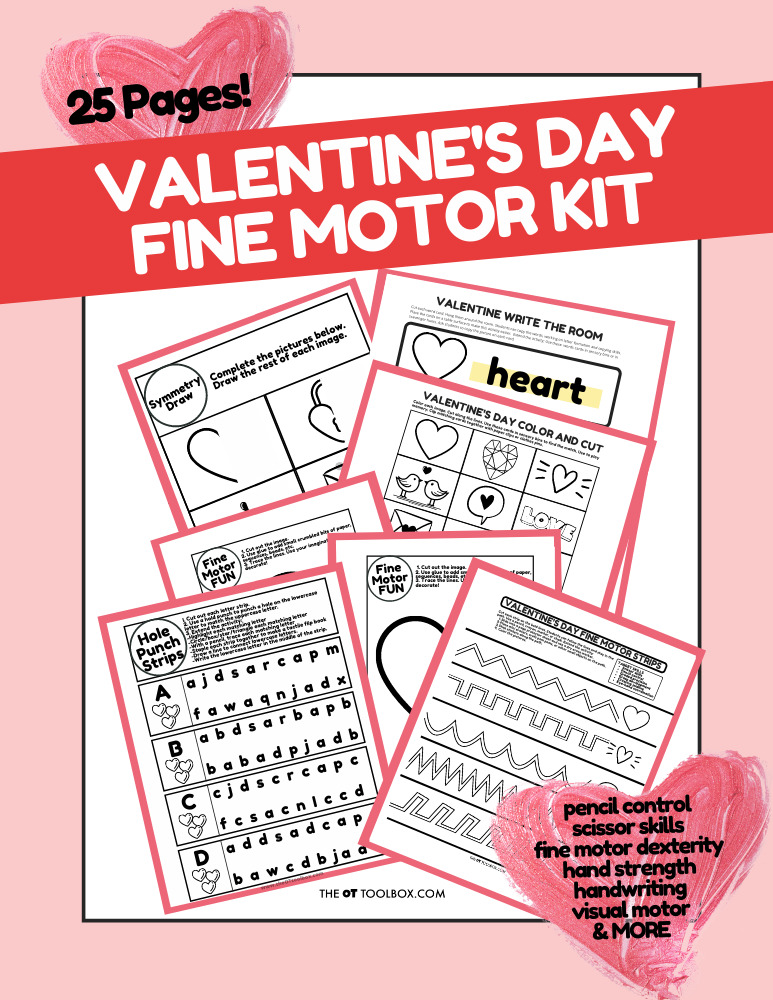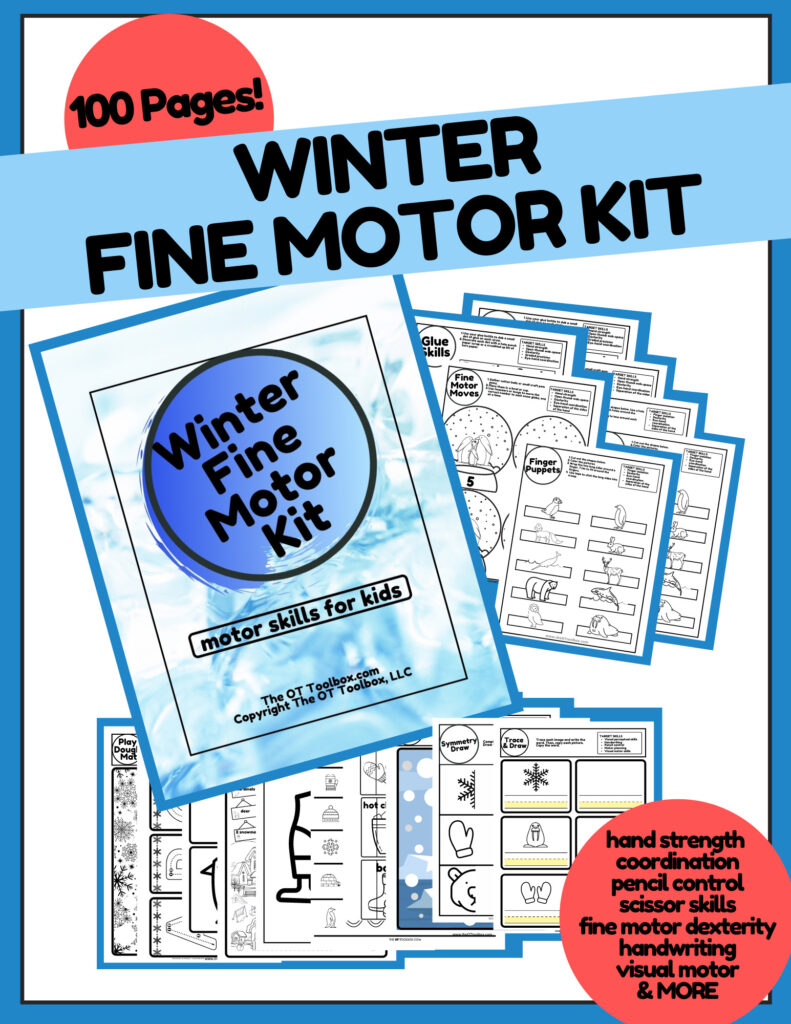we’ve covered many cursive letter resources here on the site, and this blog on how to write c in cursive is one of the top! There’s a reason why: Cursive c is a building block for forming other cursive letters. After learning how to make cursive c, students can then easily transition to several other cursive letters! Let’s get started with how to teach cursive, starting with the lowercase letter c.
Amazon affiliate links are included in this blog post. As an Amazon Influencer, I earn from qualifying purchases.
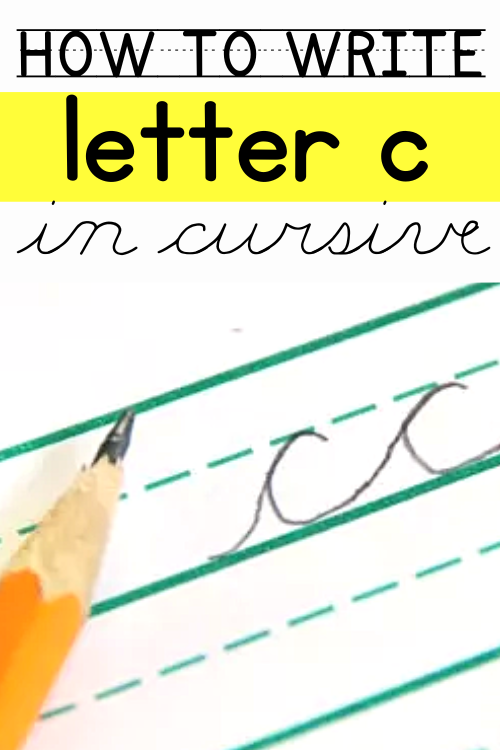
How to Write C in Cursive
Cursive handwriting can be a difficult thing to teach kids. Today, I’m starting a new series on how to teach cursive letters in fun and creative ways.
In this series, we’re starting with how to write cursive c first.
Letter “c” is one of the first letters that kids are taught when learning cursive. The letter is directly related to it’s printed counterpart. The curve of the letter is one of the most basic pre-cursive strokes that are made and helps to build several other cursive letters (a, d, g, q, and o).
In the Loops and Other Groups cursive writing program, these letters are called Clock Climbers. They are the letters a, d, g, q, o which start with the cursive c formation. The lines “climb a clock” around a curve.
The fact is that fluent cursive writing predicts high level spelling and
composing skills, more so than manuscript or typing. And, in fact, studies show that test completed in cursive receive higher scores than those completed in manuscript.
First up is how to make letter c in cursive. This series will most definitely not be in alphabetical order for many reasons, mainly because the cursive writing alphabet is typically not taught in alphabetical order. Rather, the letters are taught in groups of related pencil lines. This supports the motor plan of forming each individual letter and helps with carryover skills. Read more about this concept in our post on cursive letter families.
Let’s start with addressing cursive letter c!
In this blog post, images show use of raised line paper. While this type of adapted paper isn’t a must, the raised lines support development of line awareness when teaching this lowercase cursive letter formation.
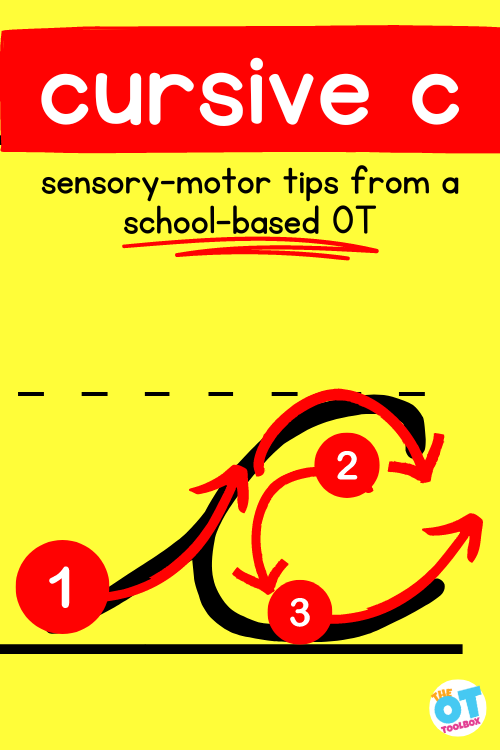
How to Teach c in Cursive:
This post contains affiliate links.
Beginning Upstroke
The beginning upstroke of the beginning lines in cursive “c” can be practiced in creative ways in order to help with re-trace when forming the curve of the letter.
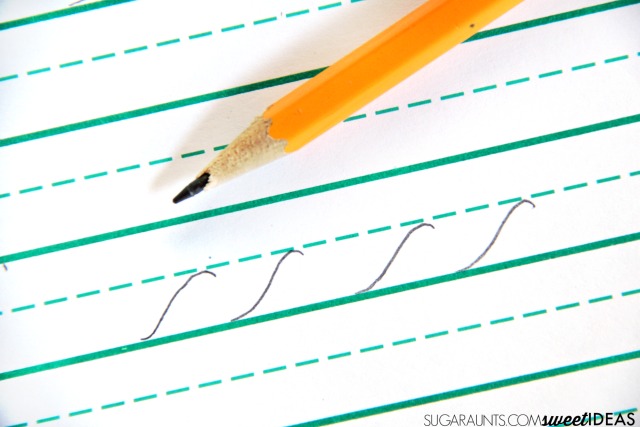
There is research that shows teaching the cursive letter c like a cursive “i” with a hooked top, the carryover of legibility is better.
Re-trace-
After forming the up-stroke of the letter, the curved top, and the re-trace back to the bottom of the letter, it is helpful to work on sliding the pencil along the baseline of the paper to develop letter connectors and to improve legibility. Read about tips to teach cursive letter connectors. The letter c has a re-trace at the beginning of the letter and traces back over the initial letter connection from the start of the letter.
Practice-
The final step of writing cursive c is to practice, practice, practice! When it comes to writing c in cursive, there are many tips that you can use. Try the activities listed below as well as these practice tips:
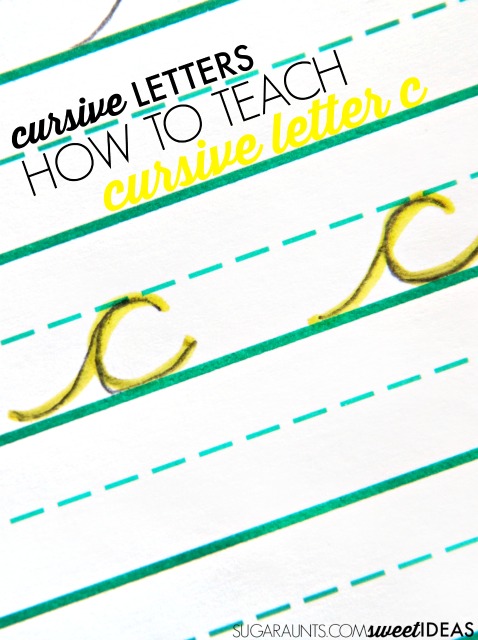
Write Cursive C with Gross motor practice- Use whole body movements to practice formation. This can occur on the ground with chalk, on a dry erase board at the vertical, in the air with air writing, or using the ideas listed below.
- Air writing
- Ribbon wand writing
- Sidewalk chalk
- Laser pointer or flashlight writing
- Writing tray
- Vertically mounted chalk or white board
- Rainbow writing- The child writes the letter in one color and then trace over it with another color. Continue to trace over the letter with each color of the rainbow. This can be done on a large scale with chalk, markers, etc.
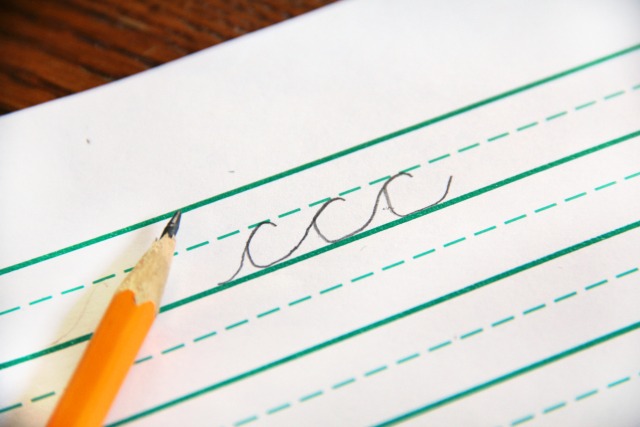
Tips for helping kids stop at the baseline when writing the letter “c”:
Use a verbal prompt to bump the bottom line. Trace the baseline with a highlighter for a visual prompt. Try some of these tricks for writing on the lines.
Establish a motor plan to make cursive c consistently
After cursive letter c has been taught, the next step is multisensory exposure to the motor plan to complete the letter consistently. This establishes the kinesthetic input and practice trials. We cover this in more detail in a blog post on motor planning and handwriting.
With different tactile and sensory-based movements of handwriting, repetitions allow information to be embedded in the brain.
Here are some activities to work on cursive c:
- The Handwriting Without Tears program (affiliate link) promotes forming letter c without the starting stroke, making formation easier for most kids.
- Use sensory textures to teach letter c and the strokes needed to make the letter.
- Try practicing cursive handwriting and more cursive letter c practice with these creative cursive handwriting ideas like Textured Cursive Lines
- Try this sensory Cursive Lines Art
- Pencil Grasp with an Egg Carton
- Cursive Handwriting Journal
- Fizzy Dough Cursive Letters
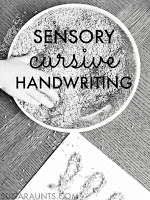
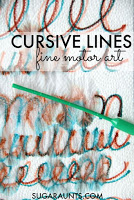
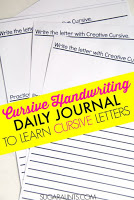
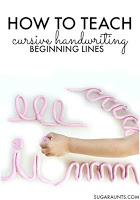
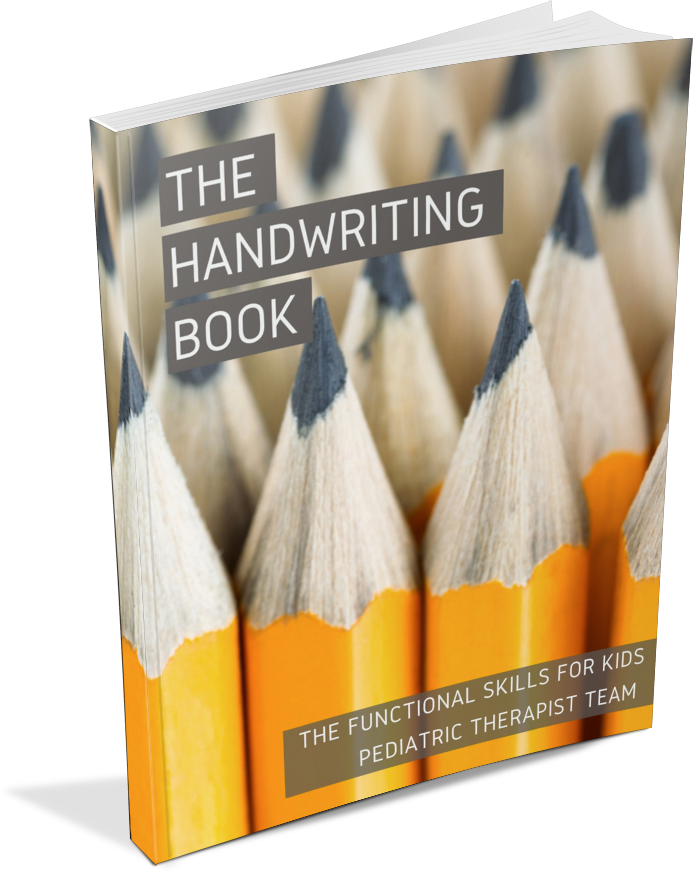
The Handwriting Book covers everything you need to know about handwriting, guided by development and focused on function. This digital resource is is the ultimate resource for tips, strategies, suggestions, and information to support handwriting development in kids.
The Handwriting Book breaks down the functional skill of handwriting into developmental areas. These include developmental progression of pre-writing strokes, fine motor skills, gross motor development, sensory considerations, and visual perceptual skills. Each section includes strategies and tips to improve these underlying areas.
- Strategies to address letter and number formation and reversals
- Ideas for combining handwriting and play
- Activities to practice handwriting skills at home
- Tips and strategies for the reluctant writer
- Tips to improve pencil grip
- Tips for sizing, spacing, and alignment with overall improved legibility
Click here to grab your copy of The Handwriting Book today.

Colleen Beck, OTR/L has been an occupational therapist since 2000, working in school-based, hand therapy, outpatient peds, EI, and SNF. Colleen created The OT Toolbox to inspire therapists, teachers, and parents with easy and fun tools to help children thrive. Read her story about going from an OT making $3/hour (after paying for kids’ childcare) to a full-time OT resource creator for millions of readers. Want to collaborate? Send an email to contact@theottoolbox.com.
A final note on Cursive C
Learning cursive c is a common starting point for other cursive letters due to the beginning formations of the pencil strokes. Once a learner has cursive c down pat, you can add a single stroke or combination of pencil strokes to form cursive d, g, o, and q.
Use the strategies shared above to work on the visual motor, sensory motor, and muscle memory to create cursive letters with fluency and efficiency.

